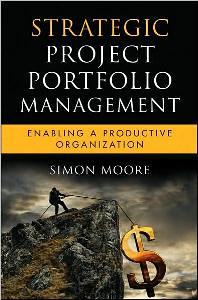“It ain’t what you don’t know that gets you into trouble. It’s
what you know for sure that just ain’t so.” Mark Twain
Here are three ‘truths’ of project management that need to be examined more carefully:
1. The triple constraint is a rule to live by.
No, the triple constraint has limitations and it breaks down at certain times. Adding more people can slow a project down because of training and network effects. Cutting scope isn’t linear, it’s binary, at some point scope is cut so much that the project can never succeed.
2. A delayed project is a bad project.
It’s critical not the miss the bigger picture, admittedly harder to measure than cost and budget but just as important, Wembley Stadium, The Scottish Parliament and Sydney Opera House were all late and over budget, but architecturally valuable. Most unimaginative structures get completed on time, but are they really more successful? Of course, the gold standard is a project such as the Guggenheim Bilbao that came in on time and received architectural awards.
3. For good estimates you need experts.
No, reference class forecasting is the answer. Using historical data is much better than using experts. Of course, if historical data isn’t available, then using experts can be a second best approach.


